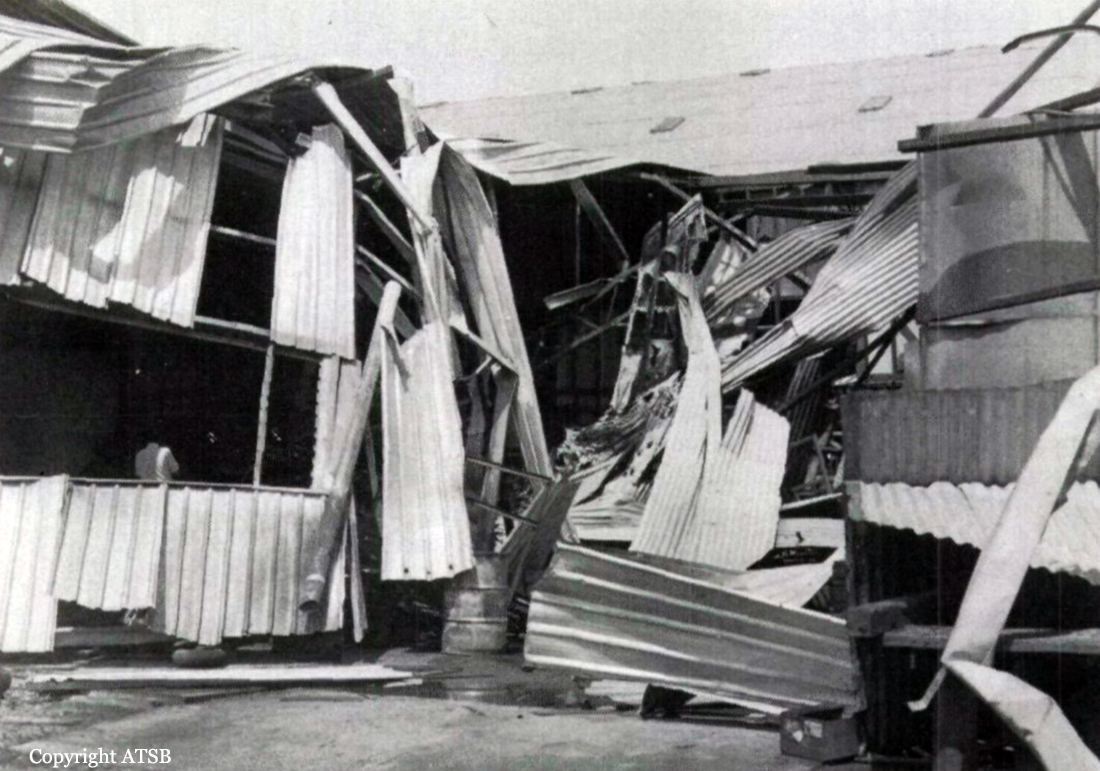Crash of a Beechcraft C18S in Sheridan
Date & Time:
Jul 17, 1982 at 1900 LT
Registration:
N4758N
Survivors:
Yes
Schedule:
Sheridan - Sheridan
MSN:
8440
YOM:
1945
Crew on board:
1
Crew fatalities:
Pax on board:
0
Pax fatalities:
Other fatalities:
Total fatalities:
0
Captain / Total hours on type:
500.00
Aircraft flight hours:
4000
Circumstances:
The aircraft was on a functional check flight. According to the pilot and a witness (employed by the pilot), the left brake was locked during touchdown. Subsequently, the aircraft nosed over and a ground fire erupted which destroyed the plane. The pilot reported that the left brake had locked due to rust and corrosion and that the aircraft logbooks were destroyed in the fire. The pilot, sole on board, was uninjured.
Probable cause:
Occurrence #1: nose over
Phase of operation: landing - flare/touchdown
Findings
1. (c) landing gear,normal brake system - corroded
2. (c) maintenance - improper - other maintenance personnel
3. (c) landing gear,normal brake system – locked
Phase of operation: landing - flare/touchdown
Findings
1. (c) landing gear,normal brake system - corroded
2. (c) maintenance - improper - other maintenance personnel
3. (c) landing gear,normal brake system – locked
Final Report:









